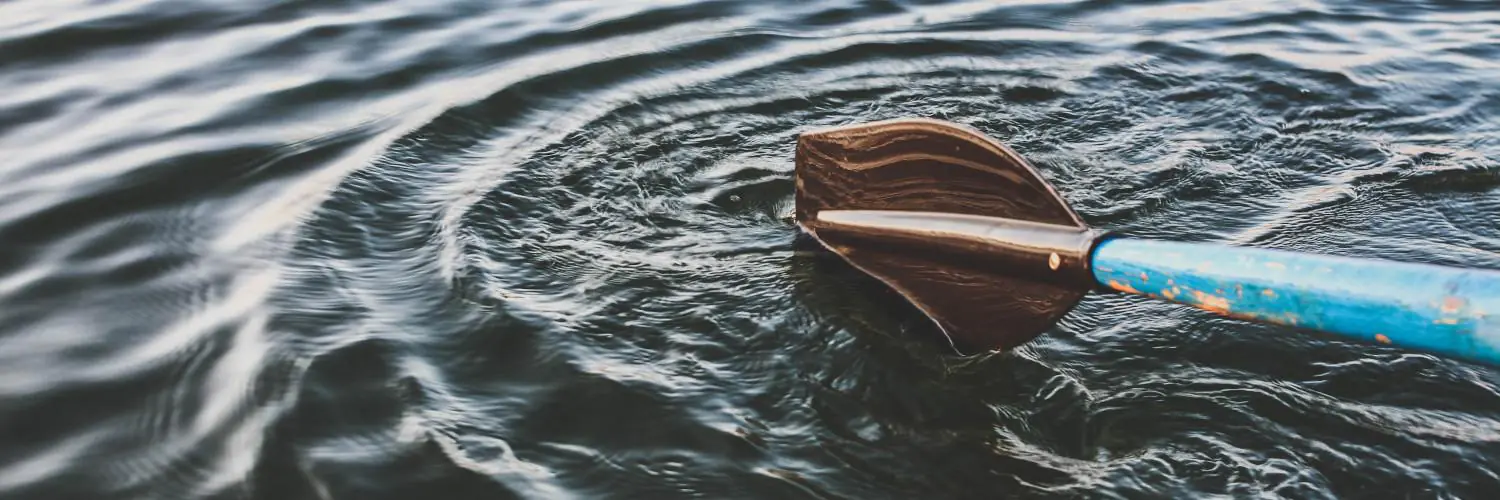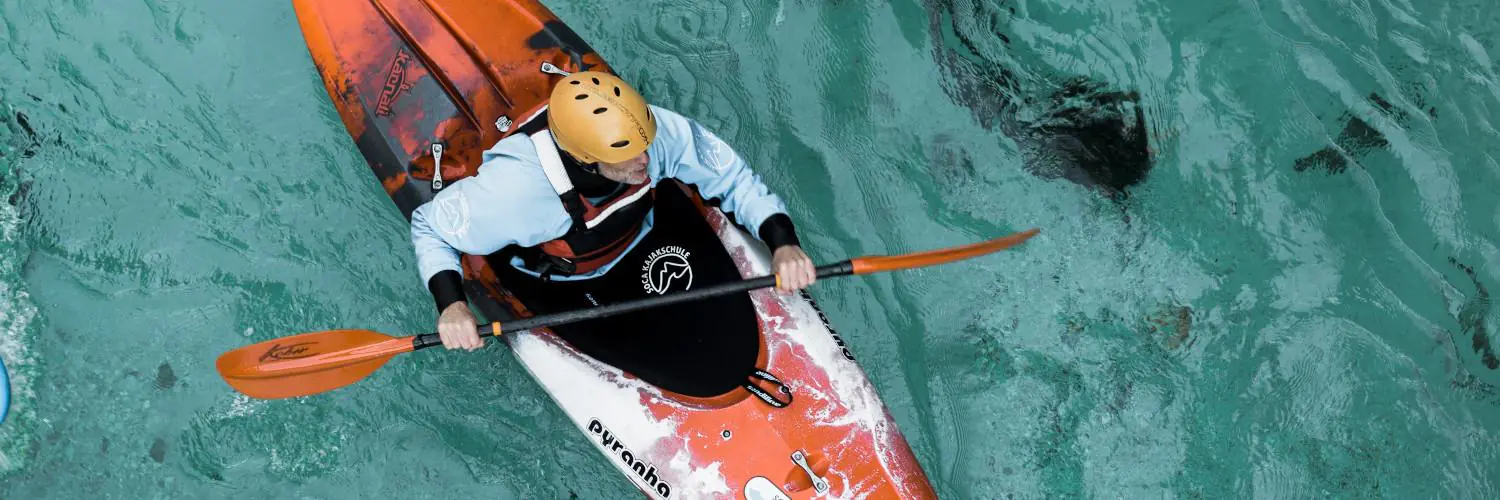Gas engines can be mounted on kayaks, giving paddlers extra power and range on the water. Many kayakers choose to add motors to their boats for fishing, exploring, or simply covering more distance with less effort. Small gas outboard motors ranging from 1.2 to 3.6 horsepower can be attached to kayaks using special mounting brackets.
Adding a motor to a kayak requires careful consideration of the boat’s weight capacity and intended use. Kayakers need to select an engine that provides enough thrust without overloading the vessel. Generally, about 10 pounds of thrust per 100 pounds of kayak weight is a good rule of thumb.
While electric trolling motors are popular for kayaks, gas engines offer some advantages. They typically provide more power and longer run times compared to electric options. However, gas motors are often heavier and noisier than their electric counterparts. Kayakers should weigh these factors when deciding on the best motorized option for their needs.
Table of Contents
Understanding Gas Engines for Kayaks
Gas engines can be a powerful option for motorizing kayaks. They offer high performance and long range for extended trips on the water. Let’s explore the types of gas motors available and their key benefits for kayakers.
Types of Gas Motors
Small outboard motors are common for kayaks. These include 2-stroke and 4-stroke engines. 2-stroke motors are lighter but noisier. 4-stroke motors run smoother and cleaner.
Some popular gas motor options for kayaks:
- 2.5 HP Mercury outboard
- 3.5 HP Tohatsu outboard
- 35cc Honda four-stroke
Air-cooled motors don’t need a water pump. This makes them simpler and lighter for kayak use.
Benefits of Gas Outboards
Gas motors provide more power than electric. This allows kayakers to travel longer distances and in rougher water. They don’t rely on battery life, so trip length is only limited by fuel.
Key benefits:
- Higher top speeds
- Longer range
- No battery charging needed
- Work well in currents and wind
Gas engines do require more maintenance than electric. Fuel and oil need to be carried on trips. The extra weight and fumes are also factors to consider.
Kayak Modifications for Motor Mounting
Adding a motor to your kayak can boost speed and ease of travel. Two main options exist for mounting motors: specialized kits and gas outboard setups.
Motor Mount Kits
Motor mount kits offer a simple way to attach motors to kayaks. These kits often include a mounting bracket and hardware. Many are designed for easy installation without drilling holes in your kayak.
Some kits use clamps to attach to the kayak’s sides. Others connect to existing hardware like rod holders. Stainless steel parts resist rust in water.
Popular brands make kits for specific kayak models. Universal kits work with many kayak types. When choosing a kit, check its weight capacity and motor size limits.
Most kits work best with electric trolling motors. These are quieter and lighter than gas motors. Kits often have adjustable positions to fine-tune motor placement.
Installing a Gas Outboard
Gas outboards offer more power than electric motors. They’re good for larger kayaks or longer trips. Installing a gas outboard takes more work than using a mount kit.
First, you need a strong transom. Many kayaks need added support to hold an outboard. You can buy or build a transom mount. It attaches to the kayak’s rear.
Outboard transom mount kits include brackets and hardware. They spread the motor’s weight across the kayak’s back. Look for kits made for your kayak’s size and shape.
When installing, use marine-grade sealant to waterproof holes. Follow weight limits to avoid tipping. Test the setup in calm water before long trips.
Operating a Motorized Kayak
Adding a motor to a kayak changes how you control and navigate it. Proper operation requires learning new skills for steering, speed control, and safety.
Steering and Speed Control
Most motorized kayaks use a tiller arm for steering. The arm attaches to the motor and extends toward the paddler. Gripping the tiller handle lets you turn the motor left or right to steer. Some kayaks have foot pedals for hands-free steering.
Speed control varies by motor type. Gas motors often have a twist throttle on the tiller handle. Electric trolling motors may use a twist handle or foot pedal. Start slow and gradually increase speed as you get comfortable.
Many motors have adjustable tiller arms. This lets you set the right length and angle for easy reach. A kill switch lanyard clips to your life jacket. It stops the motor if you fall overboard.
Safety and Navigation
Safe operation is key with a motorized kayak. Always wear a life jacket. Check weather and water conditions before heading out. Avoid areas with lots of swimmers, boats, or obstacles.
Learn the local boating rules. Motorized kayaks may need to follow speed limits or no-wake zones. Use running lights if operating at night or in low visibility.
Watch your surroundings closely. Kayaks sit low in the water, so other boats might not see you easily. Stay alert and be ready to change course if needed.
Bring safety gear like a whistle, flashlight, and extra fuel or battery. Know how to get back if your motor fails. It’s smart to keep your paddle handy as backup.
Selecting the Right Motor for Your Kayak
Picking the right motor for your kayak involves considering key factors like power, weight, and compatibility. The motor you choose can greatly impact your kayaking experience and performance on the water.
Motor Specifications
When selecting a kayak motor, look at important specs like thrust, voltage, and weight. For gas outboards, engine output is measured in horsepower. A 2.5 HP motor can provide good speed for most kayaks. Electric trolling motors use pounds of thrust instead. Aim for at least 2 pounds of thrust per 100 pounds of loaded kayak weight.
Check the motor’s weight too. Lighter motors around 19-20 pounds are easier to handle. For gas engines, look at features like the starting system (pull start is common), steering controls, and safety features like kill switches.
Compatibility and Durability
Make sure the motor fits your kayak properly. Many kayaks need a transom mount kit for attaching outboard motors. Check that your kayak can support the motor’s weight and thrust without tipping.
For saltwater use, pick motors with corrosion-resistant parts. Four-stroke gas engines tend to be more durable and efficient than two-strokes. Electric trolling motors are low-maintenance but may have less power and range than gas.
Test the motor’s noise level if possible. Quiet operation is key for a peaceful trip. Also consider fuel type – gas outboards typically use regular 87 octane fuel.
Kayaking Experiences with Gas Engines
Gas engines on kayaks open up new possibilities for adventure on the water. They allow kayakers to cover more distance and access remote areas with ease.
Fishing and Recreation
Gas engines give fishing kayaks a big boost. Anglers can reach far-off spots quickly and quietly. This means more time to fish and less time paddling. Many kayak motors are small and light. They fit well on fishing kayaks without taking up too much space.
Bixpy makes compact gas motors perfect for kayaks. These engines are tough and work in fresh or salt water. Kayakers can explore lakes, rivers, and even coastal areas with a gas motor. Some people worry about noise, but many new motors run very quietly.
For fun trips, gas engines let kayakers go farther than ever before. Friends and families can enjoy longer outings on the water. Gas-powered kayaks are great for sightseeing in big lakes or along scenic shorelines.
Environmental Considerations
Gas engines on kayaks have some downsides for nature. They can leak fuel or oil into the water. This harms fish and plants. The noise from motors may also bother wildlife and other kayakers.
But gas engines aren’t all bad for the environment. They let people enjoy nature without using big boats. This means less damage to shorelines and underwater habitats. Some newer gas motors are cleaner and use less fuel.
Kayakers should be careful when using gas engines. It’s important to check for leaks and use the right fuel. Some places don’t allow motors, so always check the rules. Electric motors are another option that’s better for the environment in some ways.








